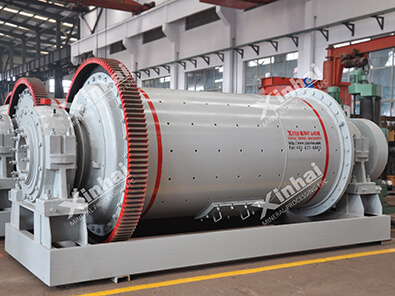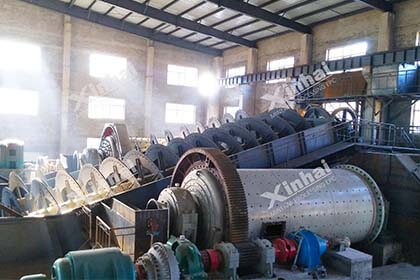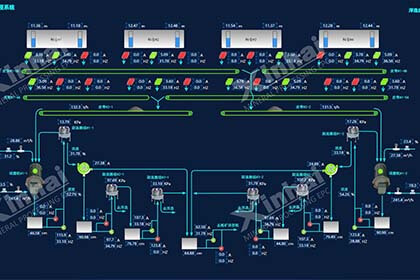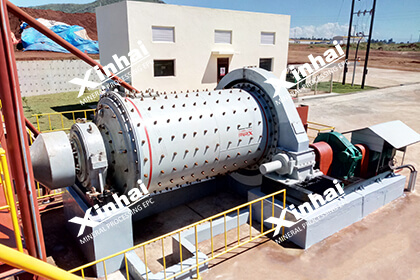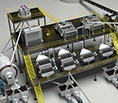Mining and Mineral Industry Ball Mill Maintenance
 Sheena
Sheena
 Apr 19, 2025
Apr 19, 2025
 584
584
If you want to know more details about equipment, solutions, etc, please click the button below for free consultation, or leave your requirements!
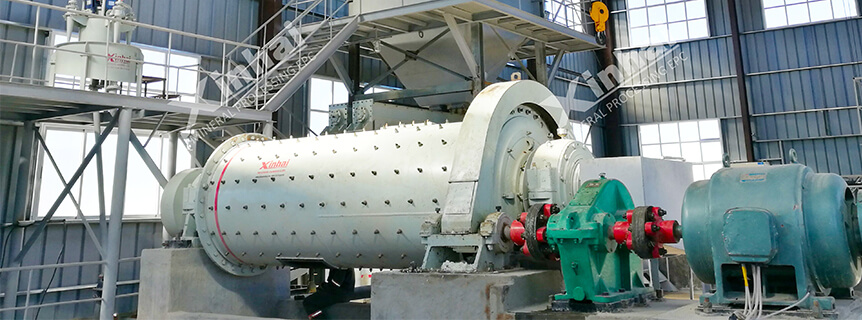
ball mill in copper processing plant
Ball mills are a cornerstone of the mining and mineral processing industry. As essential grinding equipment, they play a critical role in breaking down ores to extract valuable minerals. Whether you are involved in gold, copper, iron, or other mineral extraction, choosing the right ball mill—and maintaining it properly—can greatly improve operational efficiency and reduce downtime.
01What Is a Ball Mill?
BackA ball mill is a type of grinder used to grind and blend materials for use in mineral dressing processes. It works on the principle of impact and attrition: size reduction is done by impact as the balls drop from near the top of the shell. Ball mills are cylindrical devices with grinding media (usually steel balls) that tumble inside as the cylinder rotates.
02Key Features of Ball Mills
BackHigh Efficiency Grinding
Ball mills are capable of handling both dry and wet grinding, making them suitable for various ore types and processing conditions.Customizable Design
Modern ball mills come with customizable sizes, linings, and grinding media types to meet specific application needs.Durability and Strength
Made with heavy-duty steel and advanced engineering, industrial ball mills are designed to withstand continuous use in harsh mining environments.Closed or Open Circuits
Ball mills can operate in both open or closed circuits, depending on the processing requirement, providing flexibility in plant design.Automation and Control Systems
Advanced ball mills are integrated with control systems for real-time monitoring, improving accuracy, and minimizing manual intervention.
03How to Select the Right Ball Mill
BackChoosing the right ball mill depends on a number of factors:
Material Hardness: Harder ores require more robust and powerful mills.
Particle Size Requirement: Desired fineness influences the size, speed, and media of the ball mill.
Throughput Capacity: Production goals will determine the appropriate size and motor power.
Grinding Method: Wet or dry grinding methods influence mill configuration.
Maintenance Accessibility: Look for ball mills with accessible components for easier maintenance and lower operating costs.
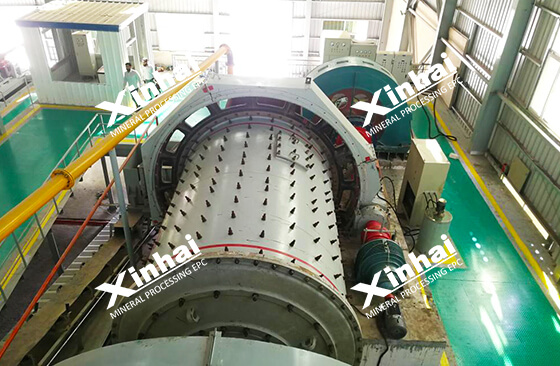
04Ball Mill Maintenance and Wear Parts
BackProper maintenance and timely replacement of wear parts are essential to keep a ball mill running efficiently. Below are a few important maintenance tips and consumables to consider:
Common Wear Parts
Liners: Inner mill liners protect the mill shell and improve grinding efficiency. They are typically made from manganese steel, rubber, or composite materials.
Grinding Media: Steel balls or ceramic balls gradually wear down and must be replaced regularly to maintain grinding performance.
Trunnion Bearings and Seals: These components support the mill and prevent contamination; periodic inspection is crucial.
Gears and Pinions: As critical power transmission parts, they should be regularly checked for alignment and wear.
Maintenance Best Practices
Routine Inspections: Check wear levels on liners, media, and bearings regularly.
Scheduled Downtime: Plan preventative maintenance during scheduled shutdowns to avoid emergency repairs.
Lubrication Management: Use the correct lubricants and monitor oil quality and levels.
Vibration Monitoring: Install sensors to detect early signs of imbalance or bearing failure.
By staying on top of routine maintenance and replacing consumables promptly, you can extend the lifespan of your ball mill and minimize unplanned downtime.
Contact us today to learn more about our ball mill solutions, get expert consultation, or request a custom quote tailored to your project.
 +86 18234403483
+86 18234403483 yanzhang19990421@gmail.com
yanzhang19990421@gmail.com



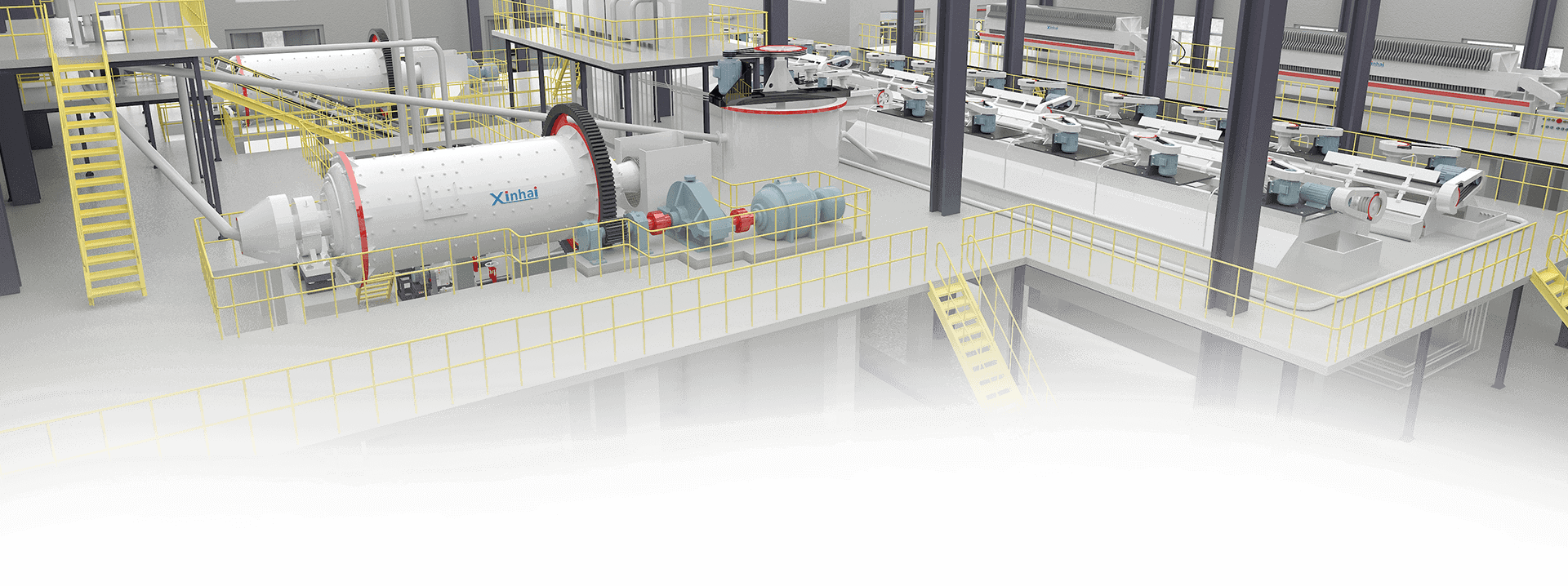
 Message
Message Chat Now
Chat Now


